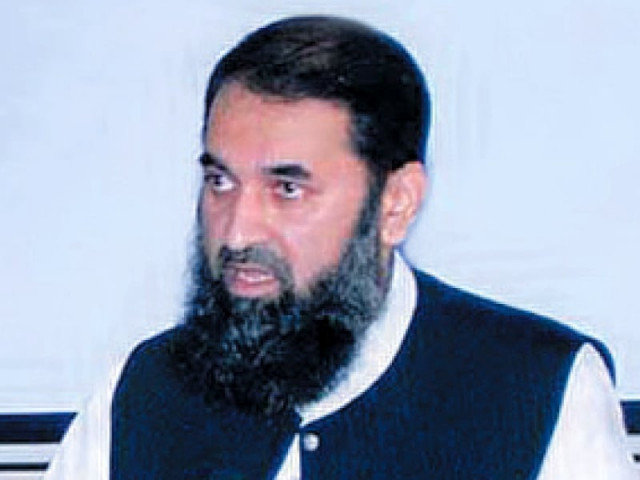Untrue to the word: Of policies that say so much yet do little
Education policies and plans show nothing but repeated rhetoric .

Minister of State for Education Balighur Rehman. PHOTO: FILE
Leave quality aside. The quantity promised in the education policies has never materialised. If one has to trace back why the country failed on the education front so badly, it will lead you to the policies that are produced year after year with little substance.
State Minister for Education Balighur Rehman accepted on several occasions that Pakistan will not be able to meet the goal of achieving Universal Primary Education of the Millennium Development Goals (MDGs).
According to a recently launched Education for All Global Monitoring Report, Pakistan is ‘very far’ from meeting the 2015 deadline and ranks among nations like Mali and Niger.
Both the first national education conference held in 1947and first education policy of 1951 focused on planning, recruitment and training of teachers and increasing enrolment particularly at the primary level.
Thereafter, it became a norm to repeat these things over and over.
“Policies and plans are drafted in flowery language with little substance,” said development expert and economist Kaiser Bengali.
Every now and then a new programme or scheme is floated even before the earlier one was completed, said Bengali. Giving an example, he said, the National Literacy Plan was launched in 1984 as a two-year programme, but was abandoned and replaced by a four-year nationwide literacy programme, which was forgotten in favour of the Nai Roshni schools scheme.
A common feature of all policies and schemes is that almost all of them have never been able to achieve their objectives.
According to a 1998 research paper “History of Educational Policy Making and Planning in Pakistan” by Bengali, the 1959 education policy set the target of 100 per cent literacy rate by 1975 but it could only reach 26.17 per cent in 1981.
The eighth plan targeted for 48 per cent by 1998 whereas it could barely touch 39 per cent.
“It was all simply because we set ambitious plans ignoring the ground realities,” said Rehman.
The incumbent government initiated policies like National Plan of Action (NPA) in September 2013 to enrol 25 million out-of-school children aged between five to 16 years across the country till 2016.
In the federal capital alone, it claimed that it enrolled about 15,000 students during a mass enrolment campaign in September last year. But the Bhara Kahu Area Education Officer said that he did not see such enrolment anywhere in his area.
Minister for Planning and Development Ahsan Iqbal said that his government’s initiatives are more focused on mass enrolment and the three-year NPA and formation of National Curriculum Council (NCC) will show the difference unlike past.
Talking about how different his governments’ policies were from the past’s, he said they lacked the political will.
Bengali, however, said the real issue was that the state always upheld the interest of the elite who have little interest in improving life of common men.
“If the government comes out of a cut-paste policy and formulates them based on the ground reality, the targets can be achieved,” he asserted.
Published in The Express Tribune, March 17th, 2014.


















COMMENTS
Comments are moderated and generally will be posted if they are on-topic and not abusive.
For more information, please see our Comments FAQ